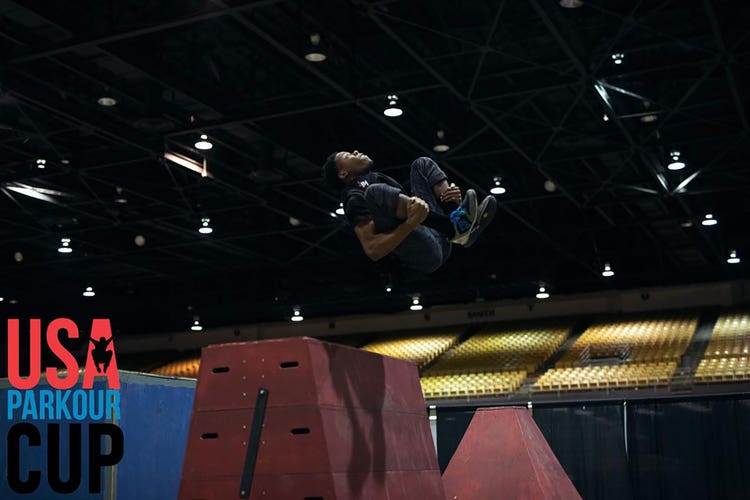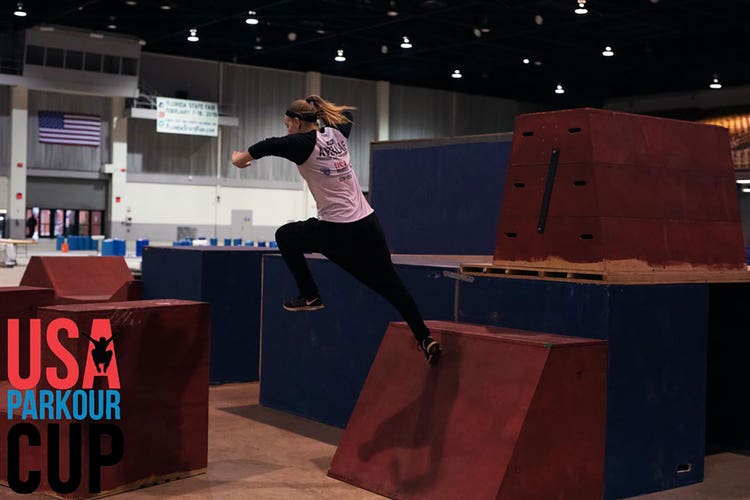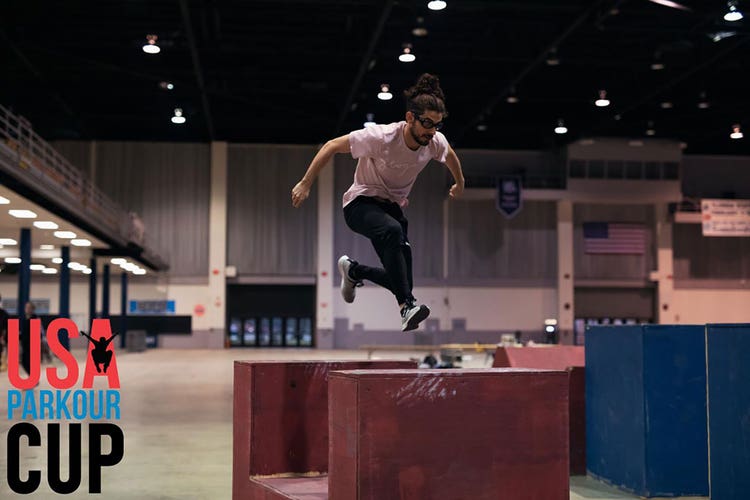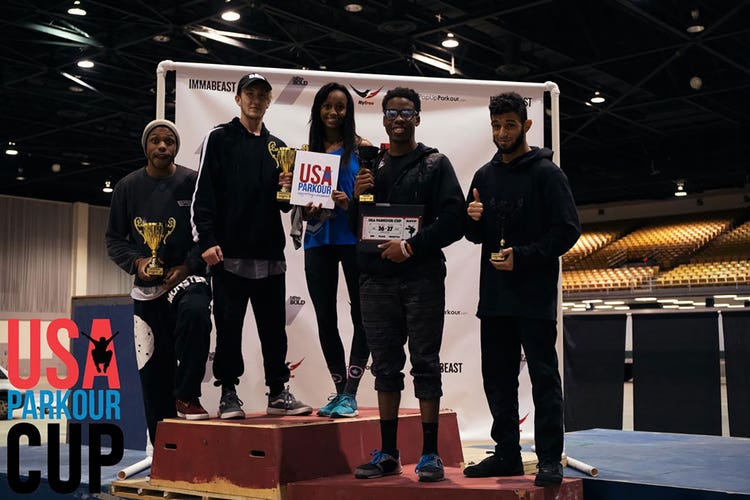Sam Parham: The Joy of Finding Your Own Path With Parkour

“It’s not just daredevils launching themselves off rooftops or criminals trying to climb buildings and crawl down the edge of things. … It’s all about finding your own path.” That’s how Sam Parham, a “Guinness World Records” and Screen Actors Guild Award–winning stuntman and pioneer in freerunning, or parkour, explains the sport.
And Parham and others are working hard to make it a sport through the World Freerunning Parkour Federation. The WFPF offers trainer certification and classes. (Parham says you don’t have to be an athlete to learn parkour.) Just as important, the organization has established formal competition and recently hosted the World Parkour Championship in Tampa, Florida. Parham anticipates that parkour will evolve into a major sport just like snowboarding, providing opportunities for athletes who are looking for options other than gymnastics.
When it comes to parkour, Parham sees it as a metaphor for life: “We all have different obstacles, whether that’s physical, mental, whatever.” 24Life asked Parham how he came to the sport, the significance of its rise in popularity and (yes, with a little skepticism) how it’s possible that the sport is accessible to anyone.

24Life: Watching your performance reel, it looks like you could have been the kid who loved gym class. How did you discover parkour?
Sam Parham: I was the kid who wasn’t confident in my physical or social abilities. I didn’t have lots of friends. I didn’t really enjoy team sports. … I think I was constantly searching for something that allowed me to just work on me.
[With parkour], I found something that I could go and practice on my own, with myself, for myself. … Every single time you overcome a challenge, no matter how small that is, you grow and you absorb what it is to be successful. All those little wins add up to confidence. [When you encounter an obstacle, you think], “It might be a different obstacle, but I’ve been here before. I’ve been in a position where I couldn’t do something and I practiced, and I did it.”
The saying that we use a lot is “adapt and overcome,” and that, to me, is what everything in life is about. Parkour has a real gift when you find it and it finds you. Everybody is doing it for a different reason, and every single one of those reasons is absolutely valid, and that’s the beauty of it.

24Life: WFPF has created centers where people can practice the sport. What goes into these facilities and educating people?
SP: It’s more than making it so that [people] haven’t got to secretly go and climb into someplace where no one’s going to see them and worry about getting kicked out by a security guard. They can go to places that are purpose-built for parkour and just focus on practicing.
We are trying our very best to index all the locations that people practice, as well, at www.wfpfparkouracademy.com. Our academy system allows us to endorse some of those locations, as well, rather than just build our own sites slowly. The criteria for our academy system include the curriculum, which we’ve developed, a safe environment with insurance and purpose-built equipment. And we certify coaches so that we know that they are coaching to the certain standard that’s not only safe but also conducive to people learning in the most effective way. We’ve certified about 1,000 coaches.

24Life: Is advancing just a question of learning new tricks?
SP: We’ve created a curriculum that starts at level 1 and goes all the way up to level 8, and they’re color-coded. In a true nod to martial arts, we’ve made level 8 the black-belt-band achievement, and for us, that is essentially competition level and world championship level. For those kids who do aspire to compete, we’ve created that path.
If you’re the 55-year-old gentleman who just wants to move creatively and get fit and just practice jumping from bollard to bollard, then that’s absolutely fine. We created this curriculum as a standardized system where people can see their general progression.

24Life: Besides hopefully making it more accessible to fans, why is it important for parkour to become a sport?
SP: First, it’s important for opportunity and legitimacy for the athletes. Look at something like skateboarding, rock climbing, snowboarding. I remember when snowboarding … was frowned upon, people were trying to vote so that [snowboarders] weren’t allowed on the mountains. The way [a sport] becomes legitimate is people see it more and have access to try it, have schools and lessons.
[Snowboarding] is now a sport. Shaun White is now not only an Olympian, but he’s a business, … and now brands are involved. Parkour is poised right now in the exact same position. We are in talks about taking it to Olympic competition in the not-so-distant future.
24Life: How is competition structured? How do you judge an athlete’s performance in this sport?
SP: Athletes are judged and ranked in terms of the speed and the style with which they go through the course. The women are doing the same course as the guys. It’s really interesting to see women take the same course but utilize it in a different, creative way.
24Life: What are the next steps?
SP: Recognition by sport councils and governing bodies around the world, such as the International Olympic Committee. This isn’t a group of unorganized kids trying to say “look at us.” It’s exciting to see what people can do with their bodies that you’ve never even thought possible. [The athletes] train day in and day out. And so as with any other incredible entertainment, spectacle or sport, it deserves to have a platform, and the people who are doing it deserve to have a platform.
Follow the World Freerunning Parkour Federation on Instagram @TheWFPF and Facebook @worldfpf
https://www.youtube.com/watch?v=tSsRfVIRy-o
Video credit: WFPF
Photo credits: Etienne Boulanger, Unsplash; Henry Moon, WFPF